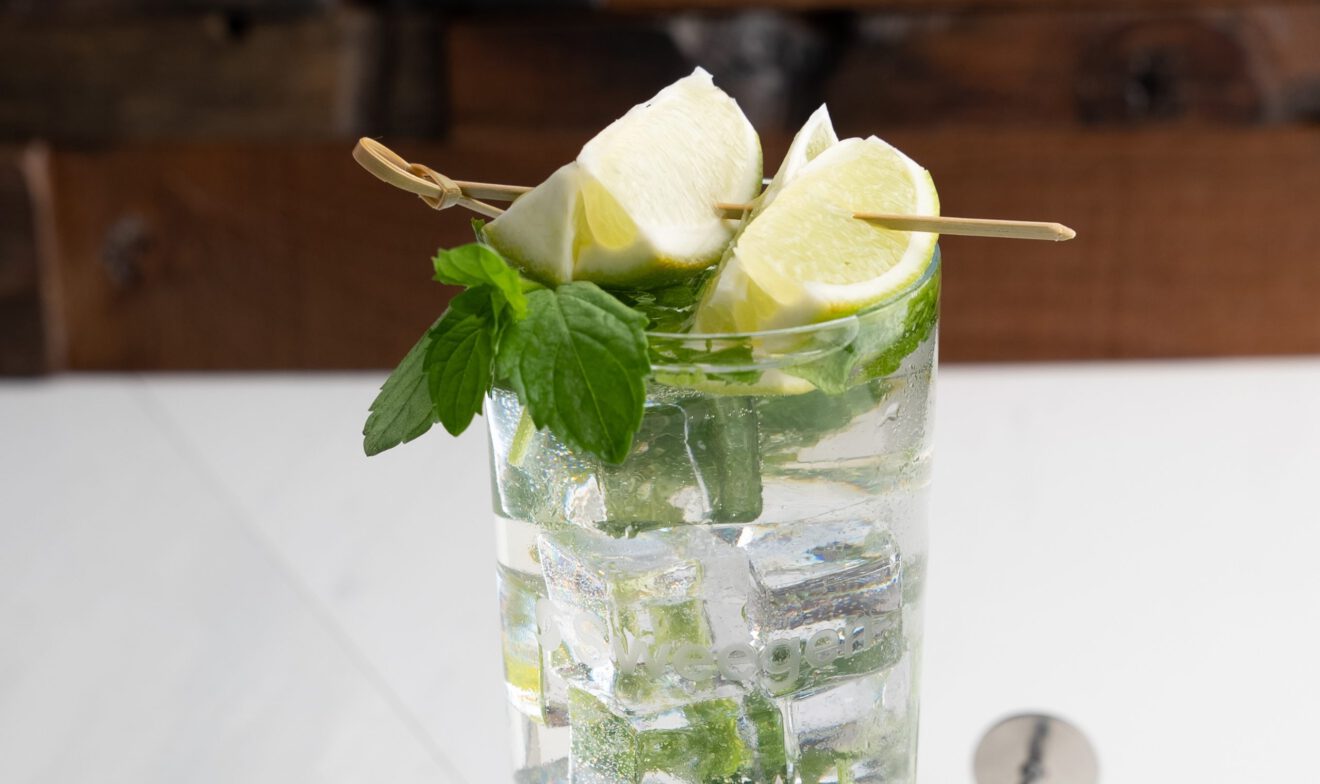Sign up for Consumer Brands SmartBrief today, free.
The pandemic certainly accelerated consumers’ interest in overall health and wellness, and how we eat has dominated the trend. The food and beverage category is an easy place for people to begin changing habits in hopes of improving health, and sugar has been one of the ways that consumers are adjusting their eating.
“As part of this broader health trend, the sugar reduction trend now claims the number one spot as a leading trend in food and beverages,” said Casey McCormick, vice president of global innovation at sugar-reduction product developer Sweegen.
A Cargill survey also found this to be true, with more than half of respondents reporting that they pay attention to the total and added sugar content of products as well as sweetener types.
“We asked consumers what are the ways you’re trying to manage your health and wellness, and we have found that sugar reduction is the No. 1 way in which consumers think that processed foods and beverages could be better,” Carla Saunders, senior market manager for high-intensity sweeteners at Cargill, said to FoodNavigator.
However, a reduction in sugar intake does not mean that consumers are swearing off of sweet-tasting foods and drinks. Many of the classically sweet categories are ripe for innovation with the addition of alternative sweeteners.
“The top categories for cutting sugar are soft drinks, hard seltzers, alcohol-based beverages and sports nutrition products,” said McCormick. “We also see a lot of activity in dairy, snacks and baked goods. Hidden sugars in more savory applications like condiments and marinades are also becoming important.”
Stevia leads the category
One of the most well-known sugar substitutes is stevia. McCormick shared that Sweegen sees the ingredient as a great innovation tool for the entire food and beverage industry and Innova Market Insights data found that there has been a 27% increase in new product releases using stevia.
“Consumers explored and accepted plant-based foods, which fueled further interest in zero-calorie sweeteners from plants such as stevia and fruit-based sweet proteins like brazzein and thaumatin,” he said.
Other plant-based sweeteners such as monk fruit have grown in popularity, and are being included in major CPG brands’ products such as Capri Sun beverages and Chobani yogurt. However, the sweetener is still relatively new compared to the established stevia, which is being used across categories and is recognized by consumers for both its nutrition and sustainability benefits, according to McCormick.
“The pressure is on brands to make great-tasting, better-for-you food, and beverages with fewer or zero grams of sugar,” he added. “Influential consumers like millennials, in particular, demand these changes more. To be successful with this cohort, consumer brands recognize that they either need to reformulate or lose share to new products that deliver on the promise of zero sugar from a plant-based, natural origin source.”
Focus on the taste
“The real learning over the past two decades of sugar reduction has been that no one sweetener solution will solve every problem,” said McCormick. “Each product needs to be approached holistically to create a customized solution that meets all of the parameters required by the brand – taste, cost, availability and consumer acceptance.”
One of the major challenges for any brand when cutting down on sugar content is the task of masking bitterness or other off-notes tastes. Sweegen has developed a line of bitter-blockers for this issue, and McCormick asserts that brands are not expected to completely lower products’ sugar content immediately. A scaled approach is often recommended in order to perfect the taste of new ingredient formulations.
“Brands have plenty of opportunities to grow in this space, but the products must taste great for repeat purchases and deliver on consumer priorities like reduced sugar,” he said.
Recent related stories:
- Fancy food brands find growth potential in the pandemic
- Lessons from the pandemic: What’s next in diet and eating behavior?
- How to create successful in-person, digital candy shopping
_____________________________________
If you liked this article, sign up for SmartBrief’s free email newsletter from the Consumer Brands Association. It’s among SmartBrief’s more than 250 industry-focused newsletters.
